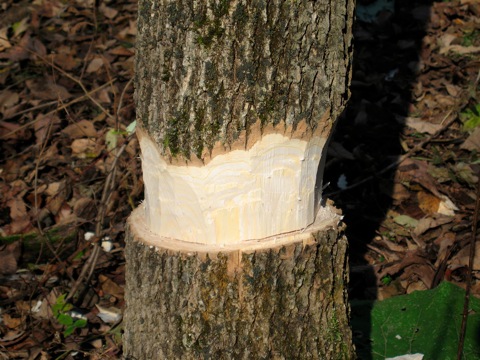Regular, deliberate pruning helps to promote tree health and keep your trees looking their best. And while most homeowners hire professionals to prune their trees, others prefer to get out there and trim their own.
In either case, winter is perhaps the best time of year to prune your trees, so it is time to get busy. Not only are most trees dormant through the winter, many have shed their leaves, allowing you to better appreciate their form and structure while you work.
But before you grab your loppers and run outside, take a moment to familiarize yourself with the following tips. They’re sure to help you prune more effectively and keep your trees looking their best.
- Tread lightly when pruning. While most healthy trees can tolerate the removal of a few branches, most will succumb to pests, disease and stress if more than about 25 percent of the canopy is removed in a single year. Accordingly, it is always better to think twice before making each individual cut, and always err on the side of leaving a branch intact, if you are unsure of the best path forward.
- Use the right tool for the right job. Hand shears are good for thin, leaf-bearing twigs, while pencil-thick branches are better handled with loppers. Branches larger than a broomstick require a handsaw, and those thicker than your wrist require a chainsaw (as well as an operator properly trained in its use).
- Spend most of your time removing dead or dying branches. Branch death is a natural part of the lives of most mature trees, and – except in cases involving spreading pathogens — trees are rarely bothered by dead branches that remain attached to the trunk. However, dead and dying branches represent a very real safety hazard, as dead branches can fall at any time. In the interest of keeping your home and family safe, prioritize the dead and dying branches when formulating your pruning plan.
- Paint your house, not your trees. While arborists of decades past often coated cut branches with wound paint, modern arborists generally eschew the practice. Employed as a way of protecting the tree from fungi, bacteria and insects by accelerating the rate at which the tree compartmentalized the wound, research has shown that none of the commonly used protectants accelerate the rate of closure – one class of commonly used wound paint actually reduced the rate of healing.
Keep these tips in mind when you set out to trim back your trees, and you’re sure to have great results. Of course, there is much more to both the art and science of tree pruning, but it takes years to learn the skills to be one of the best. If you’d rather not worry about learning the methods of proper tree pruning, and would rather leave it to just such a professional, contact Arbor Tree Surgeons today. We will match you with an ISA-certified arborist in your area, who can tend to your trees.
The post Three Helpful Hints For Properly Pruning Your Trees appeared first on Arbor Tree Surgeons.

